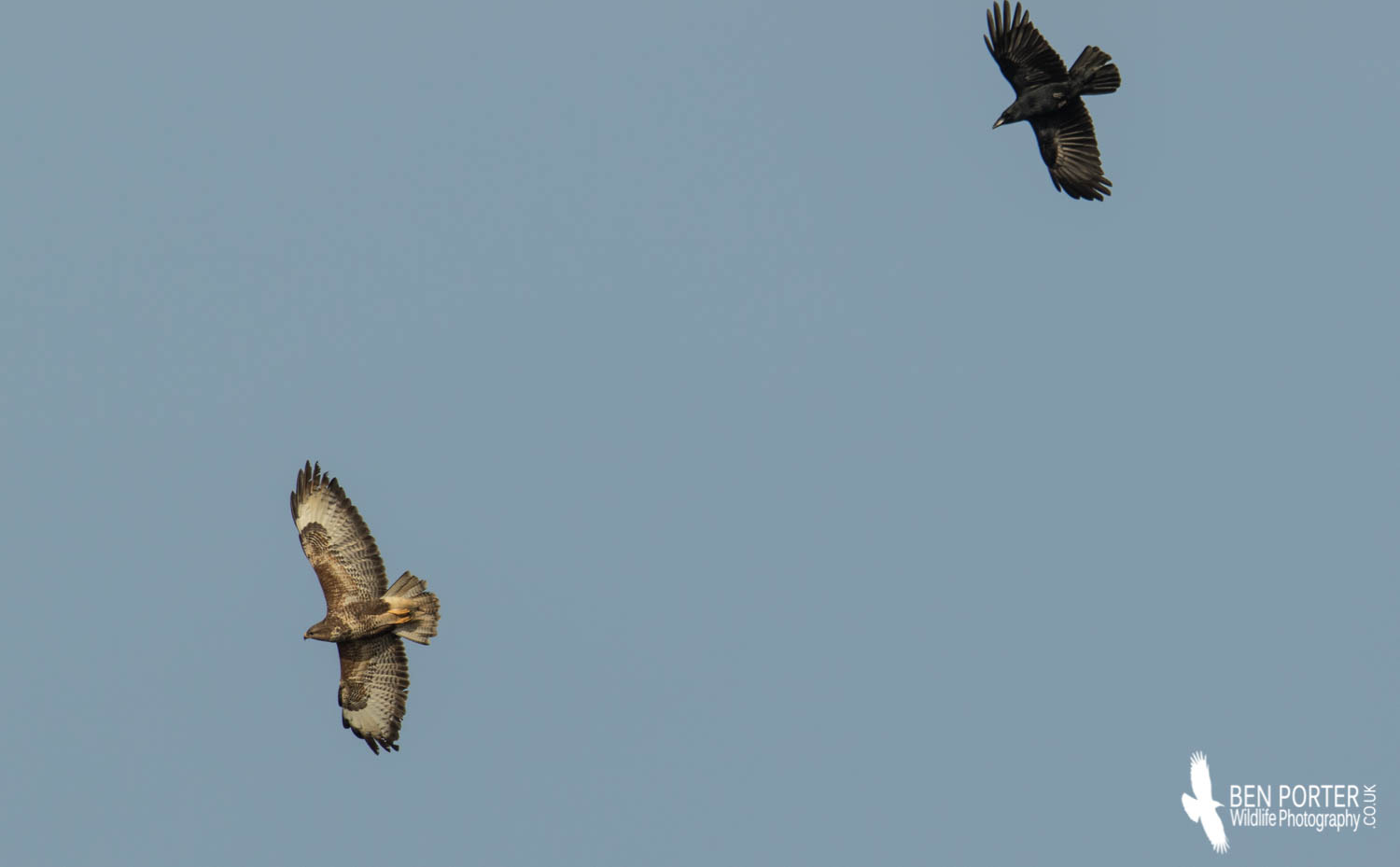For some species, these alcoves and warm hide-aways are the site for their winter hibernation, for example the cluster of six Herald moths huddled together underneath a motorway overpass; other invertebrates are utilising the above-average winter temperatures to emerge early and spend time foraging for prey and food when the night has drawn in. Presumably emerging at night avoids the costly predation effects associated with daylight. I will depict just a handful of the species we have encountered below, and try and include some of the more fascinating ones too!
Particular highlights for me has been learning to identify the diverse range of arachnids, isopods, myriapods and dipterans that reveal themselves on the calmer nights. Spiders are by far the most abundant genus currently at large, with impressive beasties like Snake-back Spider, Buzzing Spider, Noble False Widow, Walnut Orb Weaver and European Garden Spiders to name but a few. If you have a spare hour or so on one of these dark winter nights, why not take a walk to a local wood or peer into you log shed to see what amazing creatures are taking refuge?
Some useful identification resources online include:
- Naturespot
- UK Safari
- UK Wildlife Trusts
Hundreds of these Orb-weavers are around at the moment, called Zygiella x-notata. They prefer the metal railings and other such manmade structures on which to construct their webs. These webs have a characteristic shape, consistently missing one of the radial segments and thus giving the appearance of a gap in the web
I was surprised to come across some 30 Common Toads (Bufo bufo) around the local reservoir a few nights ago. Most seemed to be male, and were stood alert in the middle of the path. Hopefully they will find enough food to keep them tied over until later in February, as disturbance from hibernation can severely affect their ability to last out on their winter fat reserves
These smart Common Shiny Woodlouse are amongst around four different species of isopod commonly encountered at the moment: the other three are the Common Rough, Common Striped and Dwarf Red Woodlouses
It has been great to come across three different species of shieldbug already this year, including this handsome Hawthorn Shieldbug, several Gorse and a handful of Common Green Shieldbugs
Although of a minute size, these characterful little springtails are pretty cool creatures: they can propel themselves into the air with the equivalent force of a nine caliber bullet from a Revolver!
Onto the spiders...(so don't continue if you are an arachnophobe!)
These stunning beasties are the species are at the head of a fierce misunderstanding on the public's side: the Noble False Widow Spider (contrary to popular belief) can administer a bite only as painful as that of a mild bee sting, although is unlikely to do so unless carelessly provoked. There are three species of widow spider that occur in the UK, all of which are quite similar, but Steatoda nobilis takes the lead in terms of size (they can grow over 15mm)
This smart specimen is one of the rarer species we have come across: the so-called Snake-back Spider
Walnut Orb-weavers are attractive members of the Araneae family that are strictly nocturnal, emerging on their spun webs to trap flying insects and winged prey
A delicate-looking species which seems to be one of the commonest currently around Tetragnatha extensa is particularly numerous at the moment
Although not a great picture, this is a fascinating species: the Buzzing Spider (Anephaena accentuata). During courtship, the male of this species repeatedly taps his abdomen on an underlying leaf to produce an audible buzzing sound that presumably acts to entice females to mate





















































